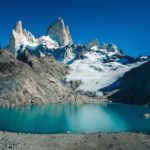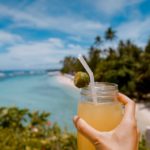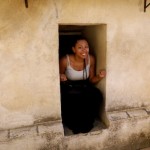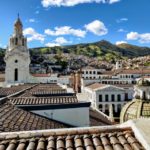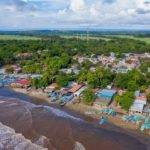My Incredible Trip to Patagonia
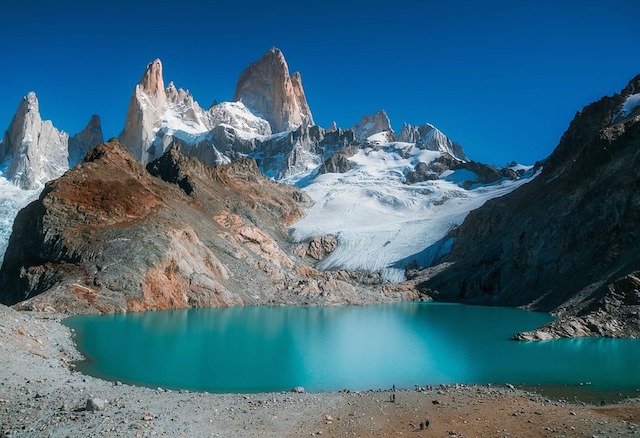

Our safety briefing was entirely in Spanish, handled not by flight attendants, but by the pilot who had turned around in the cockpit to address the ten of us aboard. I got the gist of it though: “Seat belts on. No moving around. If we hit turbulence, stay calm.”
My husband, Jeff and I were on our way to the city beyond the end of the world: Puerto Williams, Chile. This tiny town is the southernmost inhabited city in the Americas, even further south than the huge (by comparison) town of Ushaia, Argentina which incorrectly markets itself as the end of the world to bring in tourism.
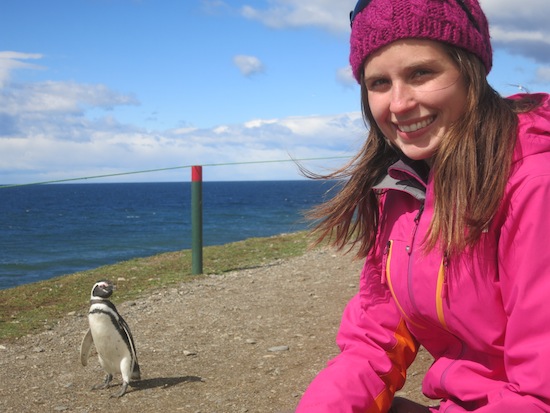
The only ways to reach Puerto Williams, Chile? A flight on one of the tiny airline, Aerovias DAP’s tiny airplanes, or via boat from Ushaia. We had opted for the tiny airplane not out of a desire for adventure (or danger!), but for those reasons so common to travelers: we didn’t want to do multiple land border crossings from Chile to Argentina to Chile.
From a variety of overlooks on the trail you get a sense of your remoteness: ocean and snow-capped peaks are all that you can see.
Puerto Williams feels more remote than anywhere else I visited during my two months in Patagonia. It’s a town of no more than 2,000 people that began its life as a Chilean naval base. Semi-wild horses roam the town’s streets, as do dogs, and the best thing I found at one of the five restaurants in town was a steak sandwich, which was eerily reminiscent of a Philly cheesesteak.
But Jeff and I weren’t there for the town. We were there for the Dientes de Navarino, a classic trek south of Puerto Williams that takes you through remote wilderness on the Puerto Williams island (Isle de Navarino).
With our map, guidebook, and a variety of camping gear, we planned to head out for two days before returning to the town. The scenery was beautiful: the Dientes de Navarino are a series of toothlike mountains that jut from the seemingly peaceful and windblown landscape. From a variety of overlooks on the trail you get a sense of your remoteness: ocean and snow-capped peaks are all that you can see.
More than halfway through our trek though, we faced uncertainty. We had reached snow fields tilted dangerously at 40 to 60 degrees and areas of seemingly impenetrable rock. Climbing these obstacles with a 40-pound pack on seemed not only like a bad idea, but a potentially hazardous one.
I don’t like to turn around and admit defeat; it’s why I didn’t listen when others thought my idea of round-the-world travel was crazy, and why I continue to travel even when it becomes difficult.
Jeff and I re-checked our coordinates, but were confused when the footprints we had sometimes been following seemed to end and continue to nowhere. Our options were to head over the section of near vertical rock or climb higher onto the mountain’s summit to traverse over to the other side. But the weather was also degrading, and we were being bombarded with the illustrious Patagonia winds. We decided, reluctantly, to turn around and end our trek “at the end of the world.”
I don’t like to turn around and admit defeat; it’s why I didn’t listen when others thought my idea of round-the-world travel was crazy, and why I continue to travel even when it becomes difficult. But sometimes, safety and good sense prevail and it’s important to be honest with yourself: when you try and give it your all, that doesn’t have to be a “failure.” In fact, we need those “failures” sometimes to offset our successes, and let us know we’re doing something right.
And as a reward, I traveled to see one of Patagonia’s many penguin colonies, which might be one of the greatest joys of a trip to Patagonia, especially at Christmastime!

